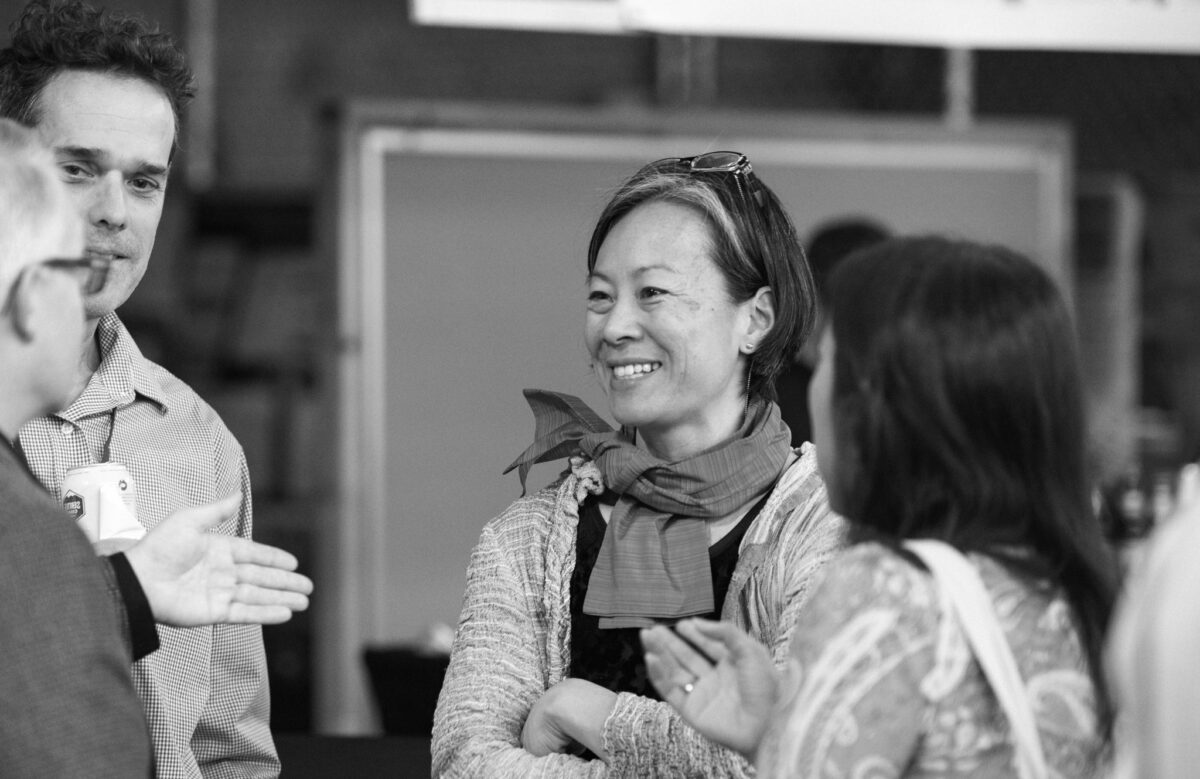Posted on August 28, 2024

Renée Cheng, the John and Rosalind Jacobi Family Endowed Dean, will be leaving UW in early October to become the Senior Vice Provost for Design & the Arts and Dean of the Herberger Institute at Arizona State University. Dean Cheng joined the UW in 2019 from the University of Minnesota where she was the head of the School of Architecture and associate dean of research. As a licensed architect with deep connections to industry and expertise as a design educator, Dean Cheng has shown strong vision and leadership, benefiting communities and advancing diversity, equity and social justice as a core component of the mission of CBE; strengths that were evident in her recent decanal review.
One example is the Applied Research Consortium that connects Seattle-area built environment firms with UW faculty and graduate students. Through interdisciplinary collaboration, faculty experts, graduate student researchers and practicing professionals leverage research and creativity to find solutions to pressing problems.
In addition, Dean Cheng established the College’s Aspire Program, which introduces undergraduates to career opportunities in fields such as real estate, housing, urban planning and community development. Participants, most of whom have experienced housing insecurity, attend faculty lectures, field-based tours and interviews with professionals who work in built environments industries.
Innovative programs such as these, along with an emphasis on interdisciplinary collaboration and impact, have helped the College make substantial strides in its five years under her leadership.
In addition to leading the College, Dean Cheng has contributed her expertise in design thinking, innovation, and equity across the UW, to efforts and units including the Capital Planning Advisory Team, Facilities, the Office of Minority Affairs & Diversity, the UW Architectural Commission, and University Initiatives.
“I want to express how grateful I am for the strength of the community we have built together. The progress we have made within the College and beyond has inspired me and gives me great confidence that it will continue with the next set of leaders. I am happy to see how far we have come, and I believe in the momentum we’ve built for the future,” said Dean Cheng.
In the coming weeks, the Provost and Vice President for Academic Affairs will undertake a series of consultations within the College of Built Environments to inform the selection of an interim dean. This process will take place in advance of launching a national search for the College’s next permanent dean.